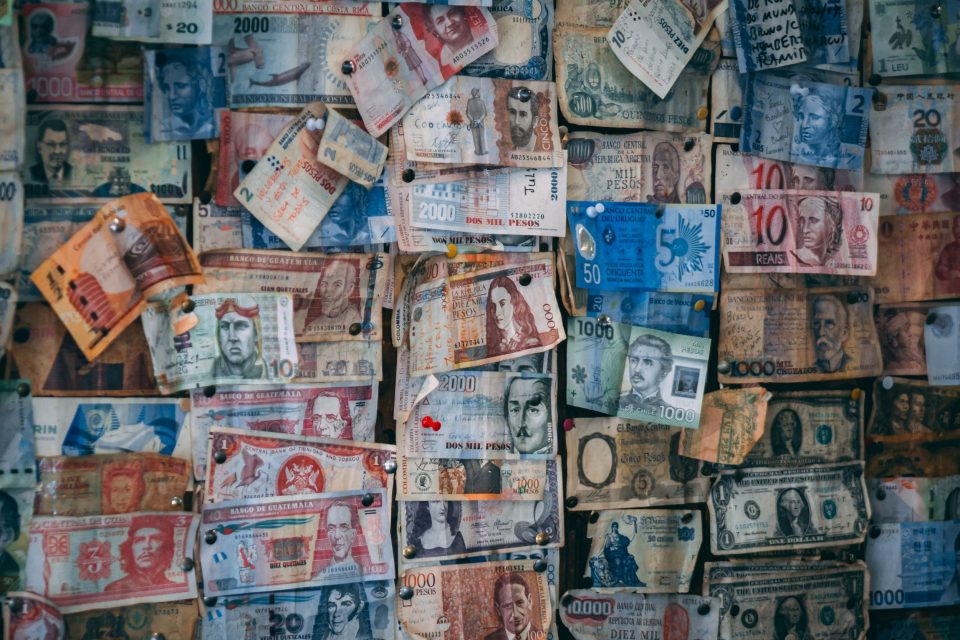The Evolution of Paper

Power Up for Outdoors: The Practicalities of Working Outside
July 12, 2019
The Adventurous Life of Ray Mears
July 22, 2019
From our earliest history, humankind has demonstrated a need to communicate through art and symbols. Paper has played an incomparably important role in the history of these ideas and of art. These are the key moments in the evolution of paper that led to its important place in our history.
Earliest examples of cave paintings are around 35,000BC
The earliest examples of human expression are the cave paintings found in Sulawesi in Indonesia and in the Chauvet Caves of south-eastern France.
By around 4,000BC these paintings had evolved into early pictorial writing
The Sumerians first developed early cuneiform writing – they drew pictographs on clay tablets.
The first paper was developed in Egypt around 2,400 BC
Painting and writing moves onto papyrus in Ancient Egypt. Papyrus is a paper-like material which is made from a tall aquatic sedge native to central Africa and the Nile valley.
The first library appeared in 300BC
The library of Alexandria was founded during the reign of Ptolemy I Soter under the guidance of a huge collection of fallen Athenian senator Demetrius of Phaleron. The scrolls inside were written on papyrus and velum – but were burnt at Alexandria when Julius Caesar ’s forces sacked the city.
Paper as we know it was first developed in China around 200BC
In China, the first “paper” is made from old fishing nets. Then, around 105AD, Cai Lun – a Han dynasty (202BC-220AD) Chinese eunuch and official in Lei-Yang – began producing paper as we understand it. He standardised its production methods and composition and his improvements meant that, by the third century, paper was being widely used as a writing medium in China.
The Library of Celsus opened in Ephesus in 117AD
The Library of Celsus was the third largest library in Classical Antiquity. Its striking architecture can still be enjoyed in Ephesus in Turkey, but the 12,000 velum and papyrus scrolls it contained were destroyed in 262 AD.
Between 384AD and 610AD Chinese paper-making techniques spread throughout Asia
Understanding of Cai Lun’s papermaking techniques spread initially to Korea. A Korean Monk then took the knowledge of papermaking with him to Japan – helping the skill to spread further.
Papermaking reaches the Middle East around 751AD
During the battle of Talas, between Abbasid Caliphate’s Arab-Persian army and the Chinese army of the Tang Dynasty, Arab forces captured Tang soldiers and papermaking workers; their skills then began to spread through the Arab world, first flourishing in Iraq, Syria and Palestine, before spreading west. The first paper mill in Africa was built in Egypt around 850AD. Later, a paper mill built in Morocco would lead to the craft of papermaking reaching Spain.
Papermaking reaches Spain in around 950AD due to Arab and Moorish influences
The first paper mill in Europe was built in Spain, in the historic city of Xativa, Valencia. Although, according to some sources, the first recorded paper mill was built in Bologna, Italy, in 1293AD. Northern Italy remains an important centre of paper-making production to this day.
Nürnberg is another important centre of the European paper industry; its influence began around 1390AD
The first paper mill north of the Alps was set up by Ulman Stormer on the river Pegnitz just outside of Nürnberg. By 1455AD, with knowledge of papermaking techniques spreading across Europe, the printer Johann Gutenberg invented a revolutionary new way to print type using metal printing matrices that enabled a movable-type-based printing press in Mainz, Germany. The first book ever printed by Gutenberg was the Bible.
By 1690AD papermaking reaches the New World
Papermaking was first introduced to America by William Rittenhouse of Pennsylvania. Paper and the printing press would later play an important role in the American revolution.
In the 1800s, the industrial revolution brought new advances to the print and paper industries
In 1790AD British inventor Joseph Bramah invented the – helping to industrialise the papermaking process. Then, in 1820AD Thomas Crompton invented the heated steam cylinder allowing the paper to be dried on-machine. The speed of change – in terms of both production techniques and products being produced will continue to accelerate over the next two hundred years.
Today, papermaking continues to evolve – becoming greener and cleaner and innovating in new finishes and qualities. Paper remains one of the most significant inventions in the history of humankind and the development and transmission of ideas.




